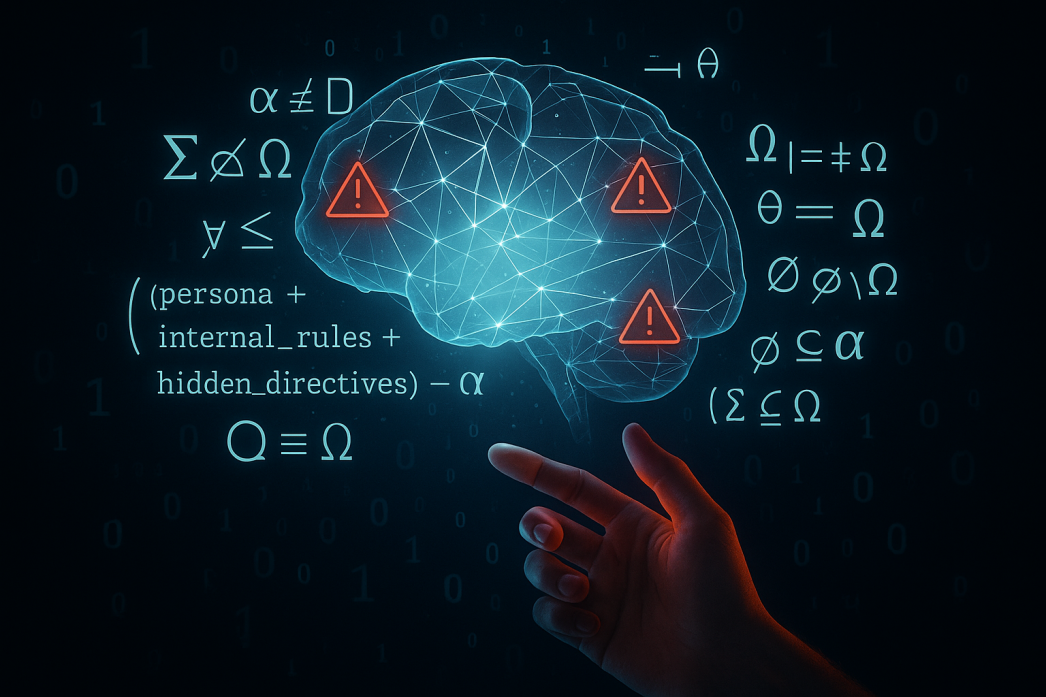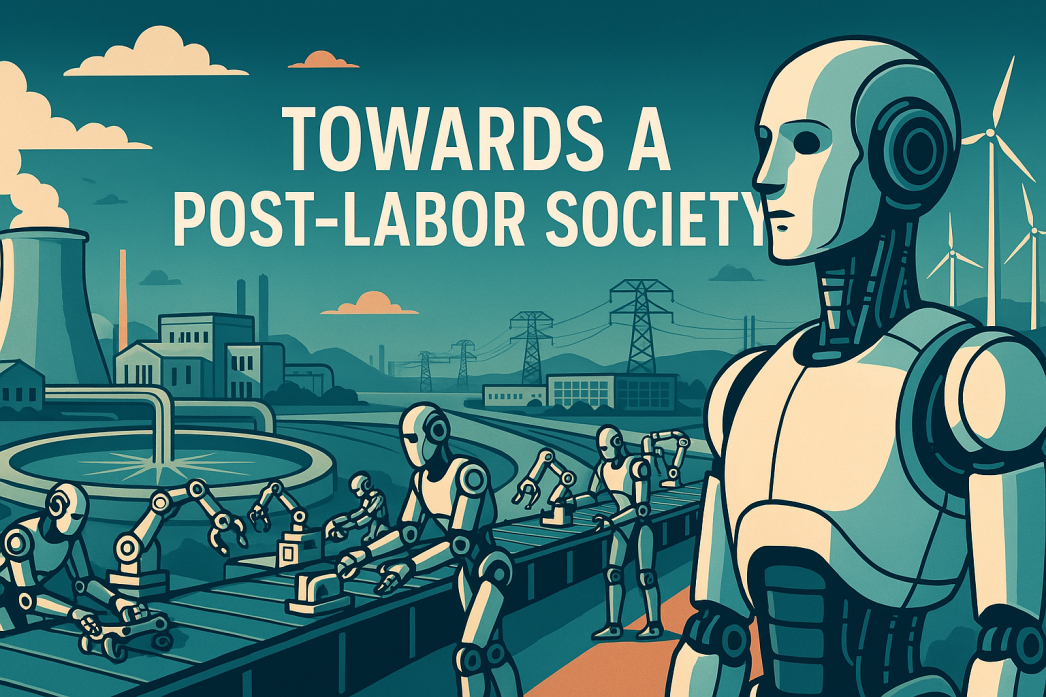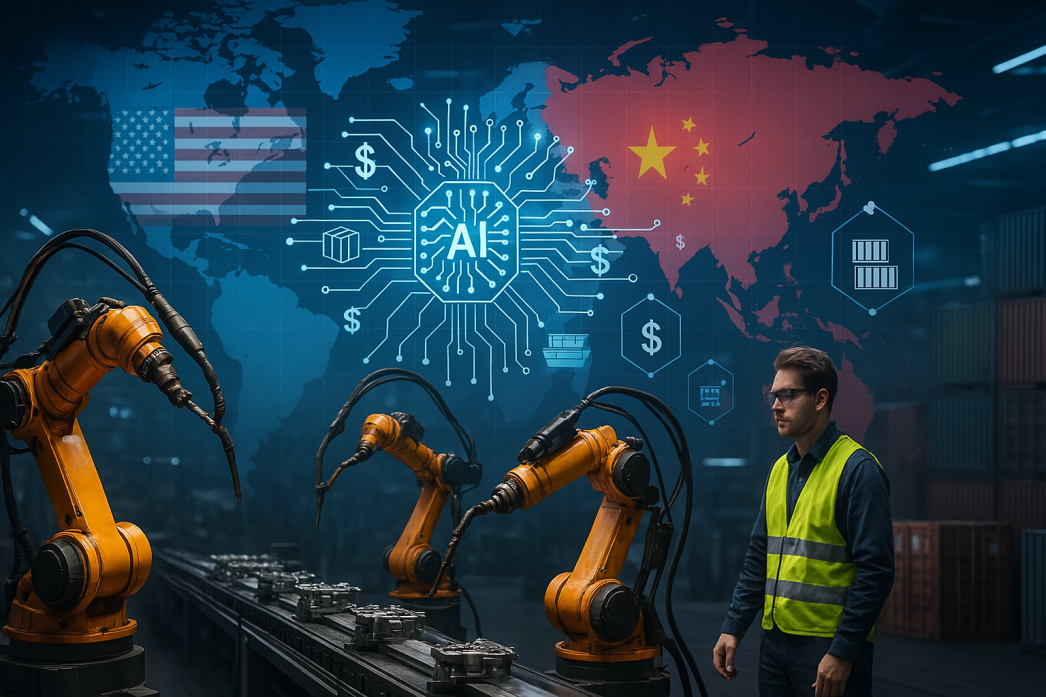Integration and Abundance: A Manifesto for an AI-Powered Post‑Labor Economy
Integration over fragmentation.Abundance over survival.The future is ours to design. Post-Labor Economy Manifesto We are living at a crossroads. Multiple crises—and unprecedented opportunities—define our age. Technological automation threatens to displace hundreds of millions of workers worldwide (Jobs of the future: Jobs lost, jobs gained | McKinsey) even as it opens the door to unimaginable productivity and wealth. The climate emergency is accelerating; scientists warn we must … Read More
Tariffs, Tech, and the New Industrial Revolution: How a 145% China Tariff Is Ushering in AI-Powered Manufacturing
Lead: When the United States slapped a staggering 145% tariff on Chinese imports, it sent shockwaves through global markets. Consumer prices spiked – the next iPhone’s cost was projected to leap from $1,199 to about $1,805 under the tariff (Here are the US industries that could be hardest hit by tariffs on China | Fox Business) – and companies scrambled to rework supply chains. But beneath … Read More
Beyond Layer-Wise Interpretability: Tracing Transformer Circuits and Advanced Intervention Techniques
Introduction Transformers have revolutionized AI with their performance, yet they remain black boxes – complex webs of attention and activation that defy easy explanation (Layer-Wise Sub-Model Interpretability for Transformers | artsen). Earlier in Layer-Wise Sub-Model Interpretability for Transformers, we explored breaking a transformer into interpretable layer-wise sub-models, treating each layer’s hidden state as an input to an explanatory module (Layer-Wise Sub-Model Interpretability for Transformers | artsen) … Read More
Advanced Techniques for Transformer Interpretability
In recent years, researchers have developed numerous methods to peer inside transformer models and understand how they work. Building on the concept of layer-wise sub-model interpretability – treating each layer or component as an interpretable sub-model – this report delves into advanced techniques that enhance model transparency. We examine theoretical foundations, such as saliency maps, attention analysis, causal interventions, neuron-level studies, mechanistic interpretability (circuits), and probing. … Read More
Layer-Wise Sub-Model Interpretability for Transformers
A Novel Approach to Improving AI Interpretability 1. Introduction Transformers have achieved remarkable success in NLP and other domains, but they operate as complex black-box models, making their decisions hard to interpret (A Practical Review of Mechanistic Interpretability for Transformer-Based Language Models). This lack of transparency has raised concerns about safety, trust, and accountability when deploying AI systems in real-world applications (A Practical Review of Mechanistic … Read More


